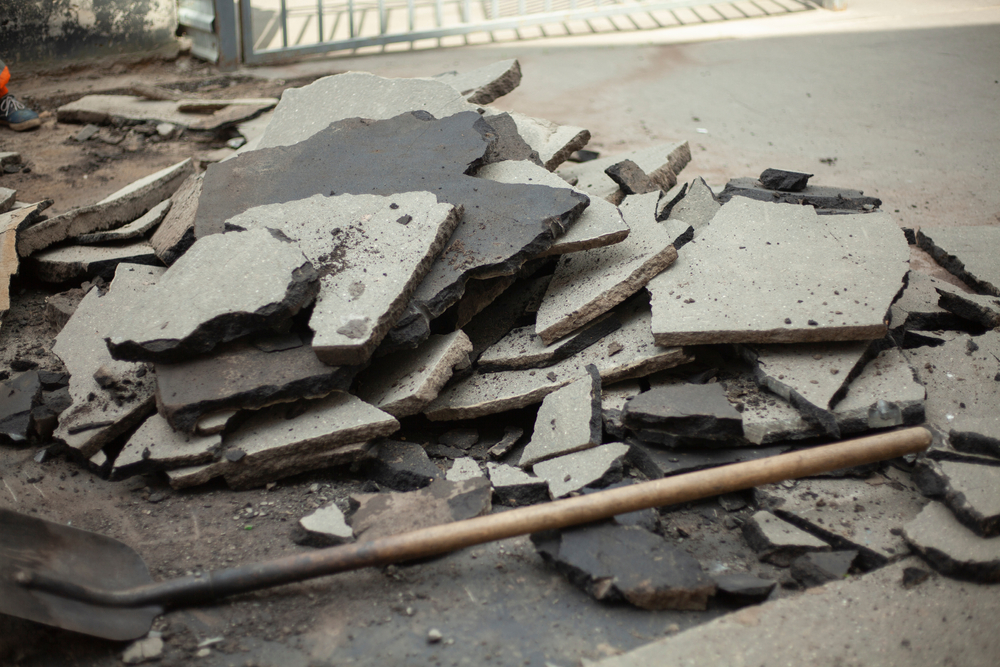
Within the world of driveways and other similar property surfaces, it's understandable that asphalt and concrete are often mentioned in the same breath. As the two most common materials used for these kinds of surfaces, many with a need for paving will be choosing between these two for any of their property needs.
At Go Pave Utah, while our primary services are in asphalt paving, striping and maintenance, we also offer robust concrete pouring and repair for those in need of commercial parking lots and other flatwork. We also assist many clients who have had a previous concrete surface but are looking to replace it with asphalt, ensuring the proper steps are taken here for the best and most cost-effective paving. Here's a primer on asphalt, concrete and how the two are related in this world.
Asphalt and concrete have both similarities and important differences when it comes to their quality for a paved surface. Asphalt tends to be the less expensive of the two to install, plus is faster to install – this is a major factor for some. It's also more resistant to weather, and as a result tends to be the more cost-efficient material.
Concrete, on the other hand, can last longer than asphalt – but is more expensive to match this quality. Concrete also tends to require a bit less maintenance, but when it does need repairs, these can be fairly involved and significant. Also, concrete driveways and related surfaces may have issues with de-icing products during the winter, while this isn't a concern for asphalt.
What if you have a previous concrete surface but want to replace it with asphalt? The primary question here is whether you should be removing the concrete or simply paving over it – and in nearly every case, we recommend the former. Our next two sections will dig into why removing previous concrete is the proper move in nearly all such situations.
Both asphalt and concrete require solid, expert-built foundations to be paved on. However, these foundations – known as sub-bases in the industry – are not the same, and this is the biggest reason concrete needs to be fully removed before you pave asphalt.
When asphalt is laid over concrete, there are two major problems. The first is this sub-base issue, while the second is the concrete itself – if it has any expansion joints or similar areas, these will quickly become cracks in asphalt. If there are any shifts in the ground, these may crack the entire surface rather than just cracking a small area, leading to much more expensive repairs.
Your surface may look good initially if you pour asphalt over old concrete, but this will quickly deteriorate in most cases. On certain very specific surface areas, like curbs or driveway edges, this sort of thing is okay – but for primary surfaces, the risks of cracks and other surface deformations is so high that it simply makes sense to make the extra effort and remove the concrete first. This process is not as expensive as you might think, and will pay for itself many times over due to the lack of issues you'll have once you pave your new asphalt surface.
For more on concrete, asphalt and how to utilize them within the paving world, or to learn about any of our asphalt paving or repair services, speak to the staff at Go Pave Utah today.